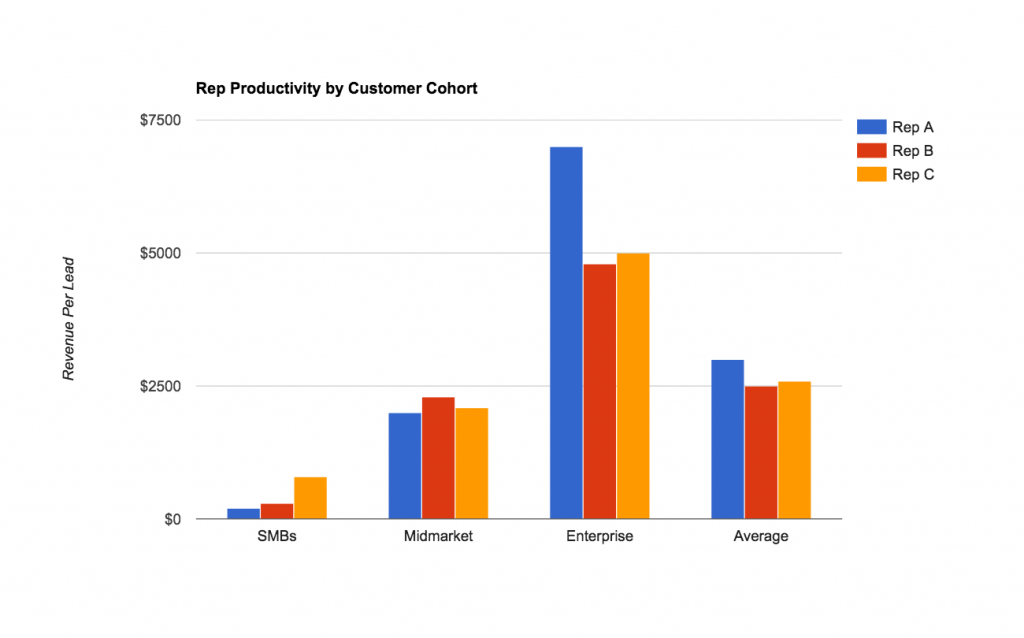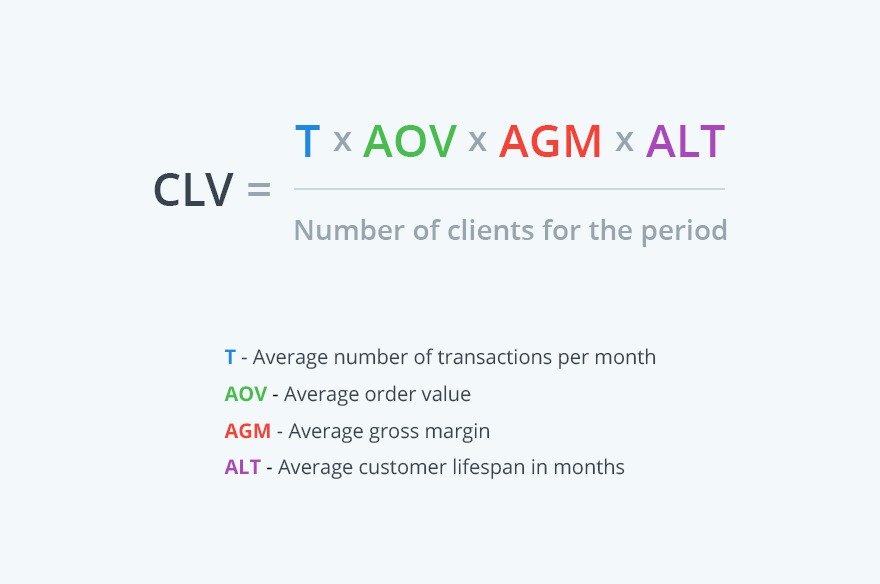9 Most Important Sales Tracking Metrics
We look at the most important sales metrics you might use to monitor your business success.
Sales Metrics For Your Business Strategy
Tracking your sales is a vital part of any business strategy. Knowing what kinds of analysis you should use can result in a more reliable business plan and help increase the quality of your service or product. Furthermore, your sales team could save a lot of time and generate more profit by learning from the acquired data and using a few simple methods and strategies.
That being said, let’s look into the most important sales metrics and how you can use them to improve your business.
What Are Sales Metrics?
Measuring any kind of sales activity could be called a sales metric. It is similar to KPIs (key performance indicators) but not entirely the same.
The main difference between the two is that your KPIs are the key overall performance metrics of your business, while other metrics are not necessarily key to your company but can be a valuable resource of information.
Note that every KPI is a metric, but most metrics are not KPI. Metrics that are not KPI often tend to be ignored by sales management. This can lead to stagnation in the company’s sales department. Using different ways to measure the success of your sales and marketing teams could prove vital to the further growth of your business.
What Sales Metrics Should I Use?
This is a common question for team leaders and management. Depending on your business, there is a vast number of metrics you can use to get accurate data and analytics.
Making gut feel decisions is not necessarily wrong, but there is a better way of going about it: by using precise data to make informed decisions that will drive your marketing and sales campaigns.
Here are some of the most important and efficient sales metrics that can help you with that!
1. Sales Patterns Throughout The Year
Most products have their season or a period where sales will go up or down.
There are micro trends that can last from a few days to a few weeks, and macro trends that can last an entire quarter or longer.
Using data to learn these patterns and the specific periods when your product is in high demand will help you time your marketing campaigns accordingly, giving you an edge over your competitors.
2. Sales Per Rep
Knowing the strengths and weaknesses of each sales rep, as well as having insight into productivity rates, are two very important parts of reliable sales tracking.
Sales people are ambitious by nature, so creating some sort of leader board can help encourage them further and result in a productivity spike. Of course, keep in mind that senior representatives and account managers will always have a higher rate of productivity.
Setting ambitious yet achievable goals for all your representatives will have a motivating effect on your team.
3. Social Media Metrics
Using social media as a marketing tool and a channel for creating new leads can be the perfect way to reduce your marketing costs.
Likes, shares, and comments will give you firsthand data from your followers. After that, there is a number of analytics tools that can help you collect data and save time on making reports. The main social media metrics you want to follow are:
Each of these metrics can be useful for getting valuable feedback from customers and creating new leads and opportunities.
4. Customer Lifetime Value (CLV)
Customer Lifetime Value is a key metric for a lot of businesses, and it represents the revenue that you can acquire from a certain customer from the first purchase to the moment of churn.
This is an important metric because the costs of acquiring new customers are greater than nurturing existing ones. By knowing your customers’ needs, you will be able to keep your revenue constant.
The easiest way to calculate CLV is by deducting your acquisition and service costs from the revenue generated by the customer.
Of course, your customer expenses might fluctuate during the years, in which case you will need a more complex equation. Follow the image source below to get a full explanation of different tiers of CLV maths.
5. Customer Acquisition Cost (CAC)
Customer acquisition cost is a metric that shows how much your company has spent on attracting new customers.
This metric is calculated by combining the overall cost of marketing, sales, and support, and divided by the number of customers acquired in that period.
Most businesses are looking to lower the costs of CAC by targeting the right markets. CAC is also important in regards to Customer Lifetime Value (CLV) because the costs of CAC should never be greater than the CLV.
Also, knowing how long it takes for a customer to become profitable can prove to be a useful technique for moving your business forward.
6. Lead Response Time
Lead response time is a crucial metric that can further push the growth of your business. Basically, it’s the amount of time necessary for your company to respond to a potential lead that has contacted your sales team.
A recent lead response study has shown that only 7% of companies reply to leads in five minutes or less. The bigger surprise here is that 86% of companies are not using tools like live chat to respond quicker.
Measuring follow-up attempts on contacting leads is also important. Often, you will not be able to close a deal upon the first contact. Keep in mind that 80% of sales are made after five follow-ups from the sales people and that a staggering 44% of sales people give up after one try.
7. Churn Rate
The churn rate represents the number of customers you have lost in a certain time period, and it is usually calculated on a monthly or yearly basis.
Calculating churn is simple: for example, if you have 100 customers and you lost 5 of them in a period of a month, your churn rate for the month is 5%.
You can see how the churn rate correlates with CAC – keeping your customer acquisition costs down by maintaining old customers while acquiring new ones is the perfect way of maintaining a healthy business model. You can lower your churn rate by doing surveys to meet your customer’s needs and making your product irreplaceable in their business or everyday life.
8. Conversion Rate
The conversion rate is the number of leads that are turned into new customers. If your marketing team gets 500 new leads, and your sales team is able to get 50 of the 500 to become customers, your conversion rate is 10%.
You should also look into the first-time conversion rate and return conversion rate.
Essentially, we look at these metrics to find answers to key questions such as: When someone visits your website for the first time, what is it that makes them stay and buy the product or service that you are offering? How many of your visitors did you manage to “convert” on their first visit to your webpage?
Checking the return conversion rate is also very useful because it can show you what made the customer come back to your webpage for a second purchase. Using the information and analytics gathered can make your conversion rate higher and lead to a more prosperous business.
9. Monthly Recurring Revenue
Monthly Recurring Revenue, more commonly known as MRR, is an essential metric usually used by subscription-based or SaaS companies. It represents the amount of revenue that is returning to your company every month, and it’s the basis for a healthy business model.
The simplest way to calculate it is by multiplying the average revenue per account (ARPA) by the total number of customers. There are several things you should consider while calculating your MRR, and those are:
New MRR: the number of new customers you acquired for that month
Expansion MRR: represents instances when an old customer buys an upgrade or additional programs and services from you, thus increasing your MRR.
Churn MRR: Cancellations or downgrades are a part of the churn rate (check above), and keeping these rates down as much as possible is a great way to see steady growth in your MRR.
Conclusion
There are many more metrics and KPIs you could use to get accurate analytics and data to improve customer satisfaction, ensure a better quality of your products or services, and ultimately spur growth. Having this information and using it as a basis for getting your company to the next level is vital for any professional and growth-oriented business.
Really Simple Systems is now Spotler CRM
The same great technology, a CRM platform that is focused on the needs of B2B marketers, provided by the same great team, at a great price!




